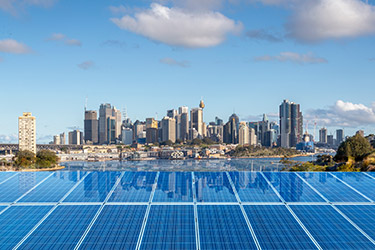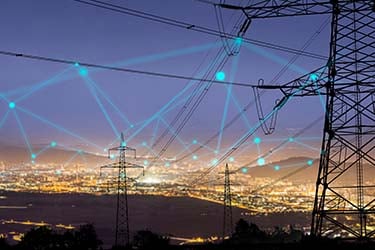Improving industrial energy efficiency Part 1: power quality and loads
SAGE Automation, Published: September 27, 2018 - Updated: September 27, 2023 (7 min read)
As power price volatility puts more pressure on industrial businesses’ profit margins, executives are beginning to seek out new ways to reduce their electricity bills.
As a result engineers, facility managers, and operations managers are being tasked with ‘energy management’.
All of a sudden they’re being asked, “How can we reduce the businesses’ power bills?”
If this is you, it will pay to investigate how to: a) measure current usage, and b) improve energy efficiency – before launching into a big energy saving project. Often it’s the low lying fruit that can bring the business fast returns – giving you space and time to safely develop larger, more impacting energy generation initiatives like onsite distributed energy resource generation.
To help, we’ve recapped some key energy efficiency technologies below. Part 2 of this blog series outlines energy metering, measurement and analysis tools.
Note, the names of each technology vary depending on the vendor and context.
Industrial energy efficiency technologies...
1. Active power factor correction
Before we launch into active power factor, here’s some basic revision:
Power Factor is the ratio of active power (kW) to apparent power (kVA). That is, the amount of power that is flowing to the system/appliance (kVA) vs the amount it actually uses to perform its function (kW). The waste energy component of apparent power is known as reactive power (kVAR).
Some of you may remember this beer analogy:
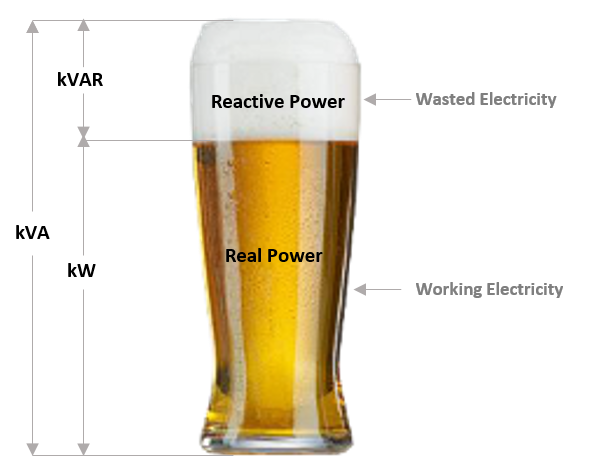
The power factor beer analogy. Image: Johnson Phillips
The 'reactive power' or 'beer froth' is wasted power, and the business stands to lose in three ways:
1) pay for power that isn’t being used,
2) poor performing appliances = increased lifetime cost
3) possible network charges for poor active power ratio
Active power factor correction is the term for any equipment that dynamically adjusts reactive power and improves the power factor ratio.
Here’s two active power factor correction technologies:
Static VAR Generator (SVG)
Static VAR Generator (SVG) corrects leading and lagging reactive power. While some reactive power is normal in an installation for the operation of inductive loads, lagging power factor is the most significant contributor to wasted energy within the electrical system itself.
Some SVG equipment will also correct certain orders of harmonic distortion, increasing the reliability of the system and all connected devices. Where harmonic distortion is a significant contributor, an Active Power Filter (see below) should be considered even if the levels of distortion are below the utility provider’s prescribed limits.
Active compensation is highly reliable, requires lower maintenance and far more accurate when compared to traditional and outdated capacitive power factor correction systems.
In short: Correcting low power factor directly translates into reduced consumption and cost.
Well-suited to: Anywhere with motors, fluorescent lighting, transformers and other linear inductive loads.
Both SVGs and APFs suppress harmonics and correct power factor.
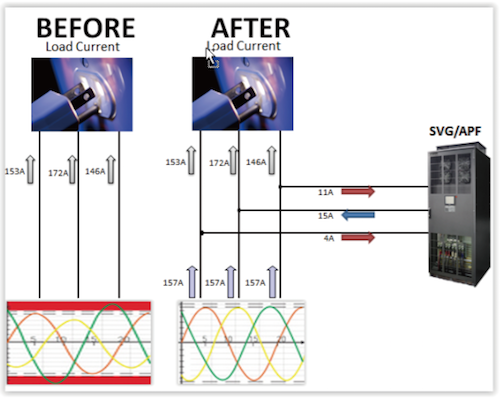
Both SVGs and APFs suppress harmonics and correct power factor. Image: Delta Energy Systems
Active Power Filter (APF)
APFs provide all the benefits of SVGs, with the added ability to control harmonics and phase balancing.
Harmonics are caused by non-linear loads such as IT power supplies, LED lighting and variable frequency drives. Harmonic correction ensures compliance with utility provider distortion limits.
APF’s monitor the supply to detect and quantify phase current displacement and harmonic distortion. Using this data, the devices then compensate for displacement and distortion in real-time by injecting compensation currents at 180 degrees out of phase to waveform distortion. This results in a clean sinusoidal waveform with a power factor close to unity.
Most reputable systems will compensate up to the 50th harmonic order with an efficiency greater than 95 per cent.
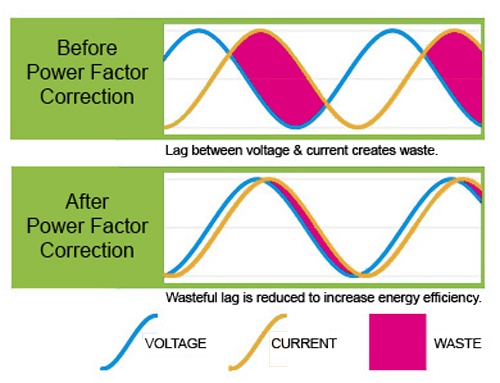
The impact of power factor correction. Image: Price Hilton
Note that load imbalance and power factor correction directly increases system efficiency. On the other hand, harmonic correction allows compliance with utility provider distortion limits; while it provides some direct contribution to energy savings, the primary benefit is in equipment longevity and reduction in supply related faults.
In short: APF is an all-in-one solution for your power quality and efficiency needs. It corrects power factor, load imbalance and harmonic distortion.
Well-suited to: Installations with a significant portion of connected non-linear loads such as IT power supplies, LED lighting and variable frequency drives.
2. Peak shaving equipment
Electricity retailers don’t just charge businesses for consumption. They’re also charging for significant peaks in energy consumption known as peak demand charge. Some retailers calculate peak demand by monitoring supply and measuring the highest five minutes of load within a calendar month.
Peak shaving equipment monitors load and reduces peak demand by using onsite stored energy or onsite generation when demand is highest. This reduces the peak demand on the network and therefore the peak demand charge. After use, the storage system recharges slowly from the supply.
Distributed energy resources systems are increasingly being used to perform peak shaving function.
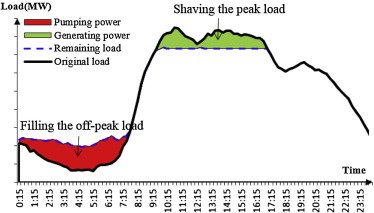
In short: Reduce retailer charges by supplementing the supply with stored energy during high load periods or the starting of a big production process.
Well-suited to: Installations with large electric motors, water pumps or a plant that consumes a lot of energy over a short period. For example, if several large electric motors are started simultaneously at the start of production. This ‘start up’ results in a short, but very high period of consumption.
Summary
The fastest, simplest way to reduce industrial electricity bills can often be achieved through energy efficiency measures: it comes down to correcting power factor and identifying where and when your energy consumption is greatest.
Read part 2 of this blog series: How to improve industrial energy efficiency: measure and analyse
Still exploring your energy needs and options? Our free guide to managing industrial energy costs explores the energy market and current technologies that are giving heavy energy users saving opportunities.
The guide covers: What energy challenges are big businesses facing?, Energy Management & Measurement, Making financial savings through improved energy efficiency, Distributed Energy Resources and Industry 4.0 Enhancements.
Download your free copy today: The graphical guide to managing industrial energy costs [with renewables and Industry 4.0]
